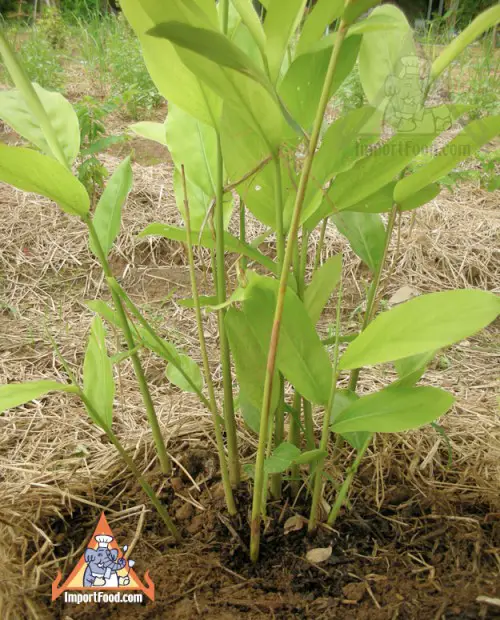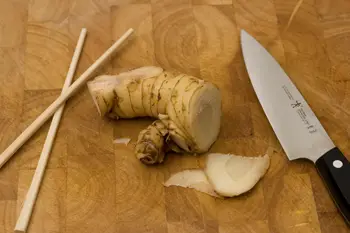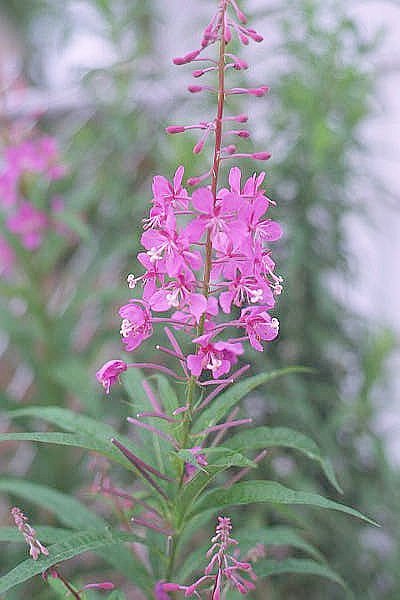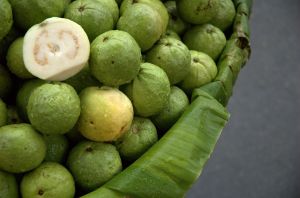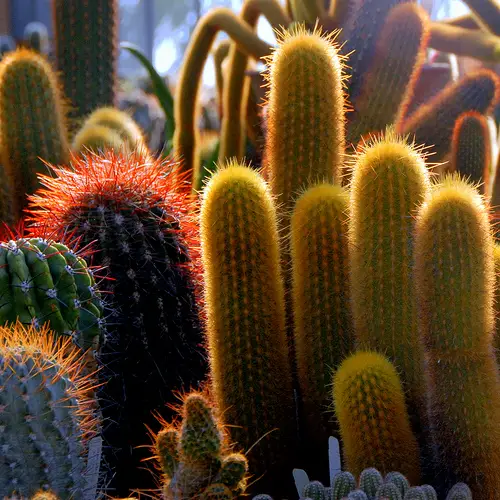Galangal
Also known as galanga or blue ginger, galangal is a type of plant that is used in both culinary and medical uses in many parts of Asia, and originated from Indonesia and Hainan Island in China. It is used in various Asian cuisines such as Thai tom yum or tom khai gai soups, Vietnamese Hue cuisine, and in many different Indonesian dishes.
It looks a bit like ginger, except it does not have the same taste. In its original, raw form, this plant has a very unique flavour. Galangal smells a bit like citrus, pines, and earthiness to it. Its flavour sort of tastes like that, but with a hint of cedar and saponins. Its flavour complements ginger (which so happens to be its relative), except galangal does not have that raw peppery heat that ginger is famous for.
It is a perennial herb that grows between 1 to 2 metres tall. Its leaves are about 25 to 35 cm long and has narrow blades. Its flowers are at the top of the plant, and are small, white, and streaked with a deep-red veining. Its rhizomes resembles ginger, and are tough and difficult to break. The best place to plant galangal is in soil that is both rich and moist. It should be planted in a shady position, and live in an environment that is free of frost as frost will damage the leaves. As a result, it is better to be planted in spring time. Galangal can be harvested almost any time of the year.
Galangal is usually available as a whole root, sliced, or in powdered form. It comes in pre-sliced and powdered forms as slicing through a whole fresh galangal root is quite difficult and requires a sharp knife.
There are 4 different varieties of galangal:
- Alpina galanga – greater galangal
- Alpina officinarum – lesser galangal
- Kaempferia galanga – aromatic ginger or sand ginger
- Bosenbergia pandurata – Chinese ginger or fingerroot
Greater galangal is also known as chewing John or little John chew. It is used in hoodoo folk magic and African-American folk medicine. In Poland, a vodka called Zoladkowa Gorzka is flavoured with galangal. It is reported to have been used as a stimulant in tonic or as snuff and has many non-culinary uses such as using it in perfume and for homeopathic medicine against nausea, flatulence, rheumatism, and more. It also have anti-bacterial properties.
